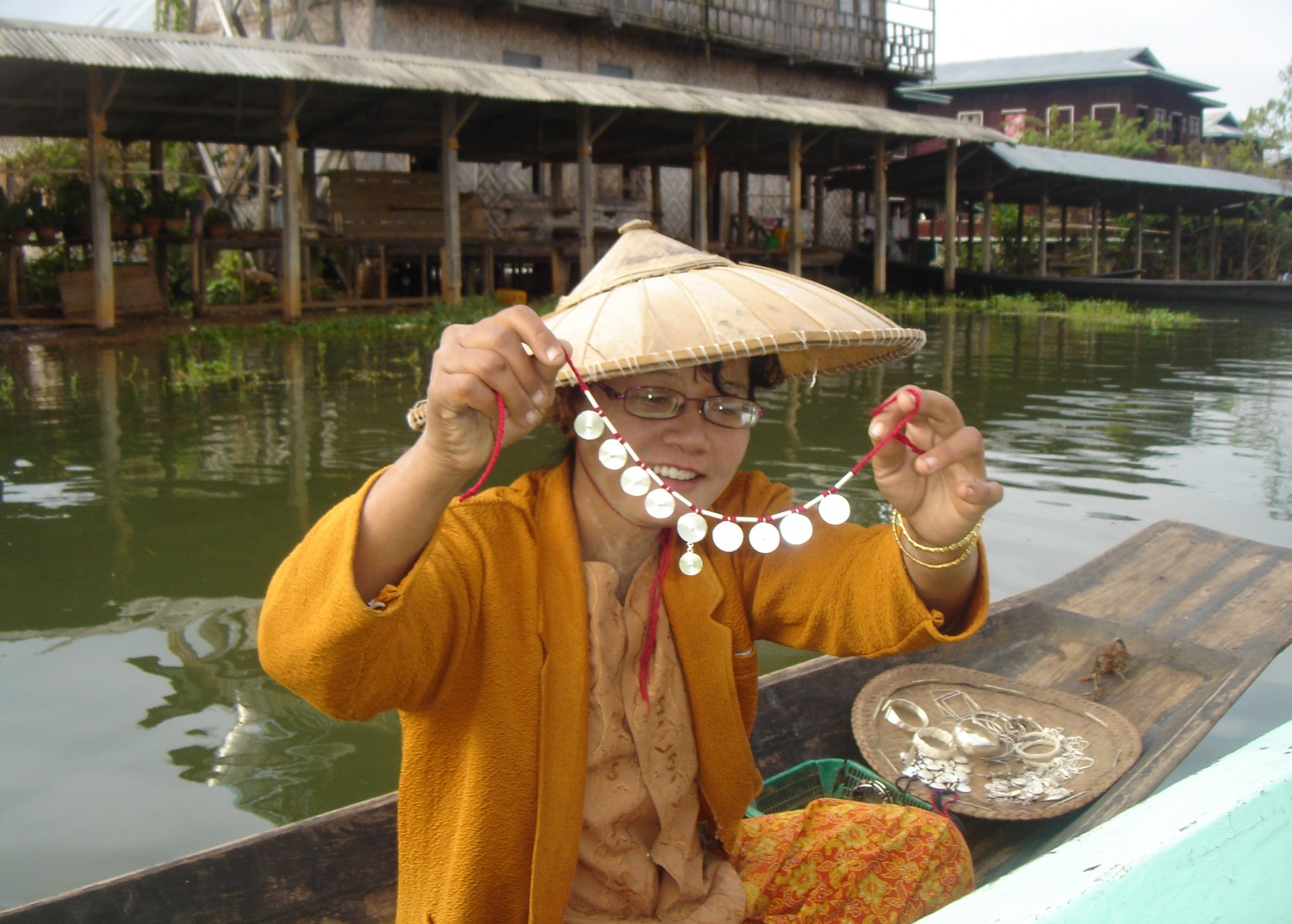
As we turned into our bed for the night, I couldn’t help but be amused by the fact that just a few hours earlier this very space had been our dining table, where in the company of our loveliest friends, Maria and Dave, we had watched a brilliant moon rise, sipped on wine laced with dancing red pomegranate seeds and eaten a wonderful English meal. The interiors had reminded me of apartments in Mumbai… ever so compact. Fitted with a bedroom, toilet and shower, dining area, kitchen, a lounge and a deck, it was amazing how every space could be converted into another and how every draw and cabinet housed a myriad gadgets and fixtures.
But this was no ordinary apartment. In fact this was no apartment at all. This was Cymbeline Joan, a narrowboat owned by our friends and our home for two days as we journeyed through the Trent and Mersey Canal in England. She was all of 57 feet long and a little more than 6 feet wide. We were cruising through history, through waterways that dated back to the Roman occupation of the South of Great Britain and had served as an important transportation network during the Industrial Revolution. It is said that “the success of the waterway system, and the industries it supported, had a major effect on Britain’s economy, creating the wealth necessary for the country’s world dominance in the Victorian era. However, waterways were essentially local in character – financed and built by local people, and their greatest effect was upon the communities through which they passed.” The World Wars saw the gradual decline of traditional industries, the emergence of strong railways networks and, with this, the decline of canals for transportation and industrial use. Today, the revival of these canals for leisure has spawned a fascinating life and culture of its own that we had a glimpse of as we cruised along. Along our journey, we passed boats selling goods of all kinds, people who had made narrowboats their permanent homes, boaters who we had passing conversations with. It was fascinating to experience the community of narrowboaters.
Cruising at 3 miles per hour and enjoying life at a wonderfully slow pace without the cacophony of traffic noises, mobile phones and other distractions, we soaked in the stunning English countryside. Charming waterfront cottages, gardens with wonderful accents and detail, busy horse-filled farms, meadows bursting with the brilliant yellows of rapeseed and then people like us just watching the world go by. I learnt a new name for them – gongoozler or a person who enjoys watching activity on the canals of the United Kingdom.
At Barton Marina where we moored for lunch and an ice-cream at The Butcher, Baker, Ice Cream Maker, we discovered a microcosmic world that catered to canal boaters – a tiny little movie theatre, a boat that offered a ceramic painting class, a lending library boat and so much more for ‘boat’ people.
On the evening of our first day, we docked at Fradley Junction where we hopped over our boat into The Swan Inn for evening drinks before getting back to our boat for more drinks, dinner and slumber. In the morning, there was time for a shower in the public showers at Fradley Junction and a walk through a local nature park before we were back on our road to nowhere.
Fun and relaxing as it is, life on a narrowboat also involves some hard work. Our first lessons from Dave were on how to operate the canal locks, a device for raising or lowering a boat from one water level to another as we navigated through the canal. We jumped on and off the boat many a time cranking up, or down, the winding gears to allow more water in or out, fascinated by the contraption and the falling and rising of the water levels. Steering too, as I discovered, wasn’t as easy as it appeared. Tiller to the right when you needed to go left and to the left when you needed to go right. And manoeuvring a 57 foot long, 6 foot wide boat through narrow canals, some no wider than the boat, was nightmarish particularly when a narrowboat advanced from the opposite direction. Apparently when the canals were first built, people were unsure of its return on investment and so a quarter of the UK’s waterways were built as narrow canals with locks seven feet wide so that it would curtail costs. I would like to imagine, traffic was all one way then…you headed out all together in one direction and then came back all together in the other.
Sipping on strawberries and champagne on our way back and thinking of how much I had enjoyed this amazing “quintessentially English” holiday Maria and Dave had promised us, I knew I could be a gongoozler…forever!









